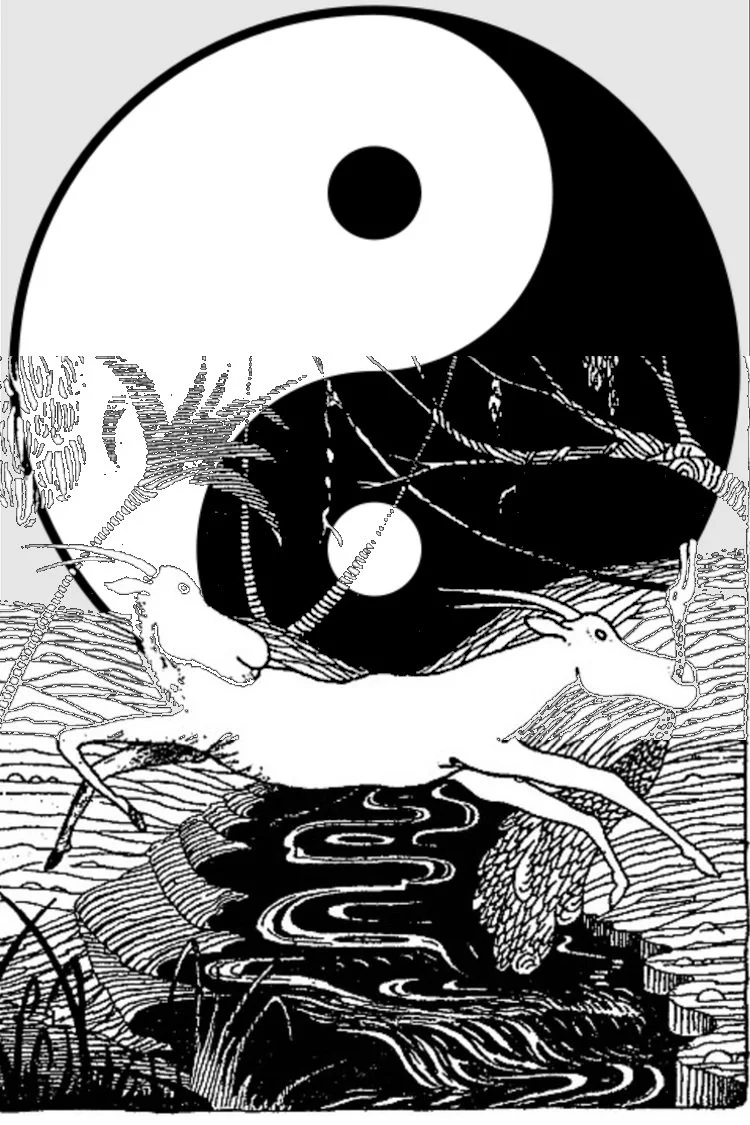What is Ambivalence?
Montage by Victor Bloomberg, March 11, 2023
Ambivalence = Ambi (Both) + Valence (Power, Worth)
You might have seen a movie or read a book, Dr. Doolittle. One of the creatures is the “Pushmi-Pullyu” - it wants to go in opposite directions at the same time.
The opposite directions could be a moral choice between right and wrong. Hopefully, the tension is resolved in favor of goodness.
A challenge arises when there isn’t a clear moral choice. Each choice has pros and cons. Let’s look at this with an example of a compulsive behavior.
What’s compulsive behavior? It is something a person does over-and-over again, a lot. For example, a musician who is excellent will practice compulsively. There’s a saying, “How do you get to Carnegie Hall? Practice, practice, practice.” There’s not ambivalence, because there is a clear path that is desired - become excellent. The compulsion is not a problem because is supports the person becoming and maintaining their identity.
Let’s imagine that the musician has affairs. But there is not an intimate commitment to one person. Whenever there is tension between time with a person and the compulsion to practice the choice is easy, practice. The avoidance of intimacy is not a problem, because the person’s identity does not include that kind of closeness.
One day the musician arrives at a fork in the road. The musician gets involved with someone and a new desire arises. Now there is a wish for commitment and intimacy. But at the same time, the desire to practice is as strong as ever. The musician loves the music and loves the other person. It appears that the musician wants to go in opposite directions at the same time. It is not a choice between right and wrong. It is a choice between competing desires. The musician is ambivalent.
